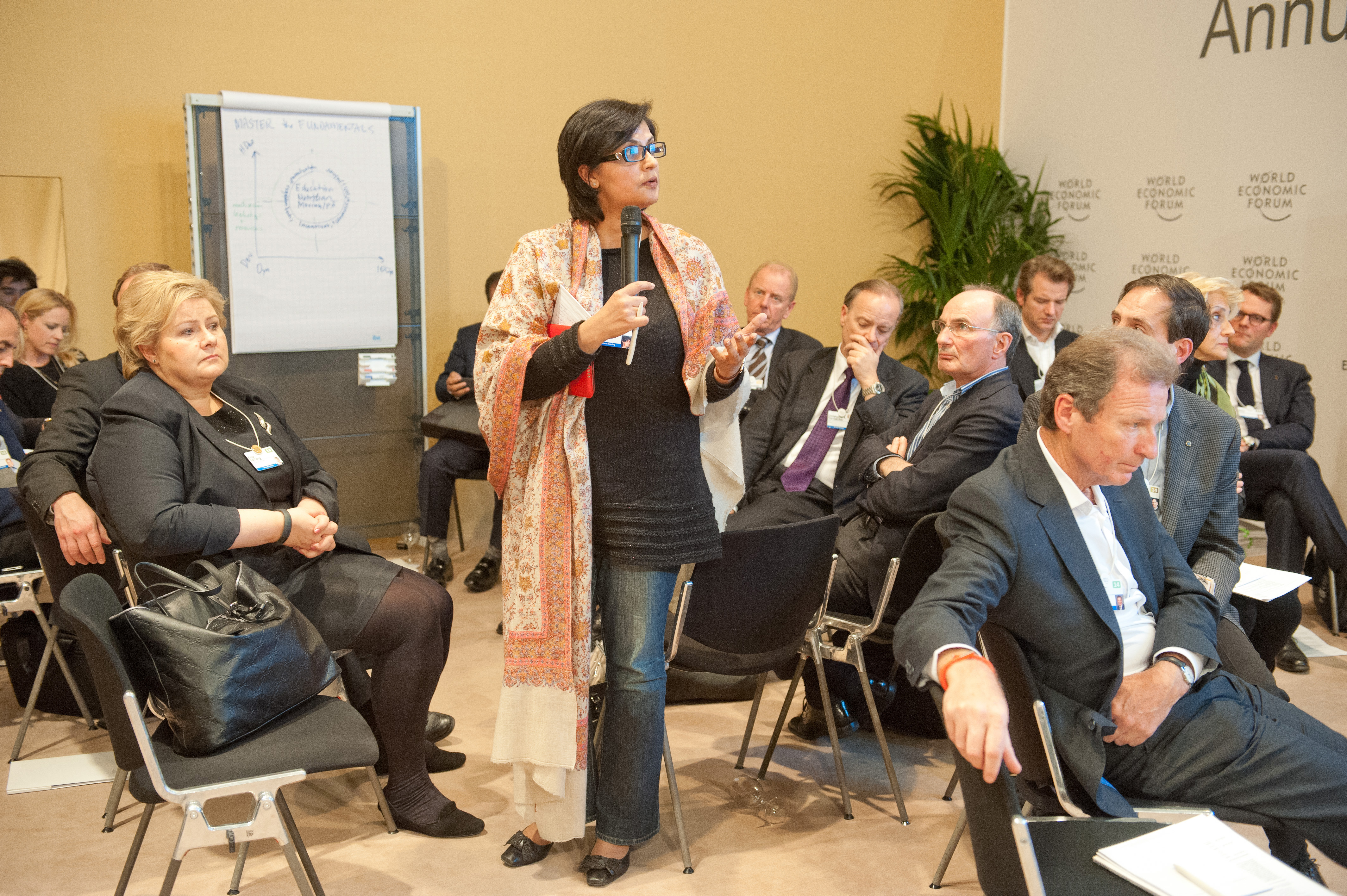Published in The News International on January 07, 2014:
However, assessing governance effectiveness is a challenging task from an empirical standpoint and often information has its limitations in conveying the real impact of poor governance at the granular level – a level that can indicate the quantum of human suffering as a result. It is with a view to outlining this granularity that I have chosen to narrate the story of a family rather than attempting an assessment of governance through the standard governance empirics approach.
The family lives not very far from a cosmopolitan city and has 13 members who subsist on a monthly income of less than Rs. 5,000 a month. There are many women of child-bearing age in the family, but none has been to an antenatal clinic or has had the privilege of giving birth in the presence of a skilled birth attendant, because the government health facility close to their village is perpetually shut. Its earmarked budgets are probably being systematically siphoned off.
The situation is similar for public schools; they remain closed and run ghost operations. As a result, children are out of school because their parents cannot afford private school fees. Outside their home, sewage and broken water pipes remain untended because local government officials have created systematic channels of pilfering resources from the system. The children repeatedly suffer from vaccine-preventable diseases because of gaps in the immunisation programme, despite it being relatively well-funded for decades.
The grandmother in the house has lost a limb in a suicide attack. But every time she goes to the local social protection agency to claim a constitutionally-mandated allowance, her files are either lost in piles of paper or she confronts an entrenched system of rent-seeking that excludes the true deserving. The breadwinner of the house has been swindled by a local agent who lured him into believing that he will be sent to the UAE for work. As a result of this fraud, the family has incurred heavy debt, which is perpetuating their poverty even further. A nephew has been killed as a result of gang and mafia activity, which often operates with the connivance of local political officials.
One of the girls in the family was molested in a house where she worked as a domestic servant. Unfortunately, the police will not file a case because they are in cahoots with local officials. One uncle in the family is behind bars for alleged petty theft but the family hasn’t seen him in months because they feel constrained to pay the ‘entry-level bribe’, which is the norm. The other uncle in the family was a clerk in a public sector enterprise. But when the country privatised the agency, they did not cater to the rights of pensioners, which left him and many others in the lurch. Finally, and needless to say, the impoverished family often has to endure up to 10 hours of loadshedding in a context where public officials responsible for energy security cannot be held accountable.
This story provides a snapshot of how corruption touches the lives of poor individuals. Behind the suffering are creative mechanisms, which extract illicit rents at every level and where well-established shadow ‘rules’ govern the de facto functioning of departments, ensuring systematic distribution of rents to respective hierarchies. The onus of responsibility is not just on successive governments but also on private entities and individuals who fuel and further these practices.
All problems highlighted in this story can be translated into governance jargon – ghost schools, ghost health facilities, informal payments, institutionalised rent-seeking, regulatory failures, theft and pilferage, embezzlement, illegal fees, bribery. Each one of them is a ‘manifestation’. Just like unexplained rains and flash floods herald climate change and fever indicates disease, corruption denotes deep-seated systemic failures of governance.
At the core of it is a triad: weak governance, thriving black markets, and a legacy of patronage. When these attributes get systemically institutionalised within systems, systemic manipulation becomes a norm, misuse of authority becomes entrenched, and vested interest groups flourish. When they get deeply ingrained, political links are furthered by patronage and, over time, institutional erosion sets in; the rich-poor divide is augmented, governance becomes exploitable, and reforms are held hostage. Human security and national security are both compromised as a result.
These attributes of the ‘state’ system do massive injustice to the Pakistani ‘society.’ State and society are not synonymous – the former is a subset of the latter. Pakistan is a country of great potential. Its people are hard-working, entrepreneurial, and resilient; the society at large is massively giving and supportive. The country has several untapped strengths inherent to its body politic.
While several governance-level reforms are needed to unlock this potential, a singular prerequisite is transparency and accountability of decision-making in public sector performance. The year 2013 ended with Pakistan improving its ranking by 12 places in Transparency International’s Corruption Perceptions Index 2013. This year – 2014 – should build further on this stepping stone. Rather than punitive action, which does not provide a sustainable solution, the key is to focus on building institutions and systems that limit opportunities for collusion, graft, and arbitrage in the first place.
To be continued
The writer is the president of the think tank Heartfile. Email: sania@heartfile.org
www.sanianishtar.info




